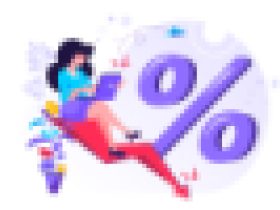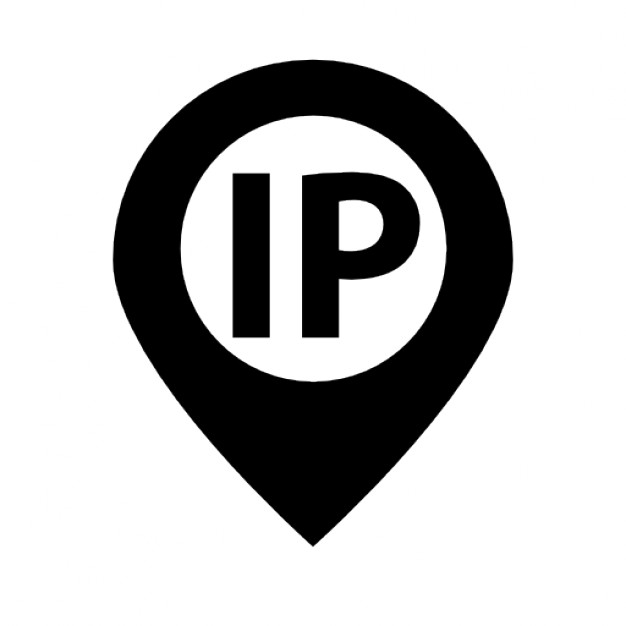Do you have your own personal website and do not wish to outsource optimizing the website due to budget and privacy constraints? Do you think you need to know a lot about HTML coding to optimize your website?
You would be surprised to know that it’s very easy to optimize your website if you have it in HTML and does not contain dynamic pages. Most of the self-proclaimed SEO experts just do these basics on HTML optimization and get back to you with a huge invoice.
Keyword Analysis
Before getting into your HTML coding, you need to find out the list of keywords related to the topic of your website. Open a Word Document or a note and a pen and write down at least 10 keywords related to your website topic. You can use free online tools also to figure out the top keywords.
Accessing the HTML
This is a crucial part and if you are not familiar with accessing an FTP or access through SharePoint or Dreamweaver, its good to take a complete backup of the website.
Download a free FTP program like CuteFTP or Filezilla. I would personally recommend Filezilla. Open the website with your FTP username and password and download the entire website onto your computer. To know more about how to work on FTP programs, go through my how to access FTP section.
Once you have downloaded the files, open the file named “index” or “default” using Dreamweaver or SharePoint or EditPlus. This is the page which contains the home page. Find out if the one you chose is the home page. You can do that by opening them in a web browser.
Optimizing the HTML
Once you have opened the page, choose the “code view” and search for “<title>”. The text between <title> and </title> is the one which appears as your page title. The page title should contain at least one occurrence of the keyword that you wrote down. To know how to write Titles, refer my SEO Basics section.
Once you have completed Title tag, you need to find <meta description=”This website contains information about….”> and <meta keywords=”keyword1, keyword2, ….>. These descriptions should also be related to the topic of the website.
If the website is about Soccer Ticket Sales, then the Description would be something like:
<meta description=”Buy Soccer tickets for your favorite team and choose the seats you want online..”>
Keywords can be:
<meta keywords=”soccer, soccer tickets, soccer tickets online sales, online tickets soccer, etc..>
Optimizing the Content
The content on the website should contain good number of keyword density. The website should also have enough content to support the topic of the page and the title. Lesser content and few internal links would not be of use to search engines and to the visitor. Know more about how to optimize your content.
Optimizing URL
If the page talks about soccer ticket sales, it’s not useful to name the page as soccer.html or page1.html. It would be rather good to name it as soccer-ticket-sales.html. Rename all irrelevant page names into names related to the topic of the page.
XML Sitemap
Once you have optimized your content, you need to create a sitemap and provide it to the search engines. This can help the search engines crawl through all the pages in the website. Search for a free xml sitemap creator and generate the site map and provide it to Google. You can provide a list of URLs in txt format to Yahoo. To know more about Sitemap creation, read my Sitemap creation article.
Once you have optimized the title, meta tags, content, url and generated the sitemap, the basic onsite optimization is complete. You should now submit your site to major search engines if you have not done it previously and check out the rankings. There is a lot of offsite optimization that has to be done too. Please go through Directory Submission and External Links article.













